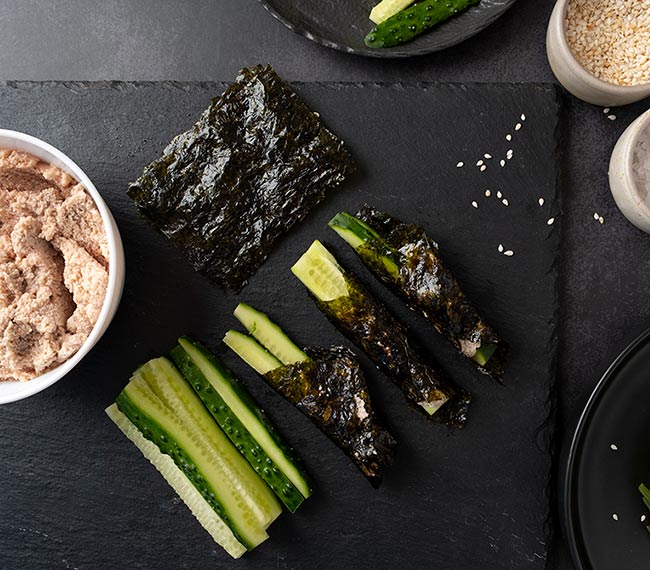Are you looking for a solution to remove those pesky acne scars? At Sozo Clinic, we understand how acne scars can have a negative impact on self-confidence. In this blog post, we will explore what causes acne scarring and provide helpful advice on how to treat them.
What causes acne scars?
When the skin is inflamed due to severe acne, the body produces more collagen to repair itself. This excess collagen production causes an indentation or raised bump on the skin's surface, creating an acne scar.
Several factors contribute to the development of an acne scar. Bacteria, hormones, and stress are some of the primary causes. Additionally, picking or squeezing pimples can also lead to acne scarring by causing trauma to the skin's surface. Let's get into more detail about these causes:
1. Bacteria
The first factor that can cause acne scarring is bacteria. When bacteria enter pores, it causes inflammation and irritation, which leads to excess collagen production in an attempt to heal itself.
2. Hormones
Acne scars can result from dihydrotestosterone (DHT), a hormone both men and women produce. DHT triggers the body's inflammatory response, leading to skin inflammation and acne scarring. While DHT is a natural hormone found in both men and women, high levels can lead to excessive skin inflammation, resulting in more severe acne scarring.
3. Stress
Another factor in developing acne scars is stress. Stress triggers hormones like cortisol which can cause inflammation and increase sebum production, leading to breakouts and scarring.
4. Squeezing pimple
When a person squeezes or pops their pimples, it can cause damage to the skin cells and create an acne scar. It's important to never pick at your skin as this can aggravate existing acne and cause further inflammation.
What are the types of acne scars?
There are three primary types of acne scars: Atrophic acne scars, Hypertrophic acne scars, & Post-inflammatory hyperpigmentation.
1. Atrophic Acne Scars
Atrophic acne scars are indentations in the skin caused by a loss of collagen. They typically appear as small depressions on the skin's surface and can range from minor to severe.
2. Hypertrophic Acne Scars
Hypertrophic acne scars, or raised scars, occur when collagen overproduction occurs. These types of scars often result in raised bumps on the skin's surface which can be flesh-coloured, red, or dark brown.
3. Post-inflammatory Hyperpigmentation
Post-inflammatory hyperpigmentation (PIH) is another type of scarring that appears as discoloured patches on the skin caused by inflammation from acne lesions. PIH usually fades within 3 to 6 months but may take up to 12 months.
What are the treatments for acne scars?
There are different treatments available to lessen acne scarring. They fall into two categories: Non-invasive and Invasive.
1. Non-Invasive Treatments
Non-invasive treatments are those that do not require any incisions in the skin.
- Laser Treatments: This therapy targets damaged skin cells and stimulates collagen production.
- Chemical Peels: This treatment uses a chemical solution to exfoliate the top layer of skin, removing dead skin cells and stimulating collagen production.
- Dermabrasion: This procedure physically exfoliates the skin with a special tool. It helps to remove any dead or damaged skin and stimulate collagen production.
- Cryotherapy: This treatment uses extremely cold temperatures to freeze and remove damaged skin. It also helps to stimulate collagen production.
- Topical Treatments: Topical treatments such as retinoids, antibiotics, and vitamin A derivatives can be used to reduce the appearance of acne scars.
- Invasive treatments are those that require incisions in the skin and are usually performed by a medical professional.
- Microneedling: This procedure creates tiny punctures in the skin to stimulate collagen production.
- Acne scar Fillers: Injectable fillers are used to fill in any depressions in the skin to reduce the appearance of acne scars.
- Subcision: This procedure involves making an incision into the scar tissue to release any tension within the area. It can help to reduce the appearance of atrophic scars.
- Surgery: This invasive procedure can be used to remove deeper scars and improve the skin's texture.
The appearance of acne scars can greatly affect one's self-esteem, but there are treatments available to reduce or even eliminate them. Minor scarring can be treated with non-invasive methods, whereas more serious cases may require invasive procedures like surgery or fillers. It is crucial to seek the advice of a medical professional to determine the safety and effectiveness of any treatment you decide on for your skin type.


























